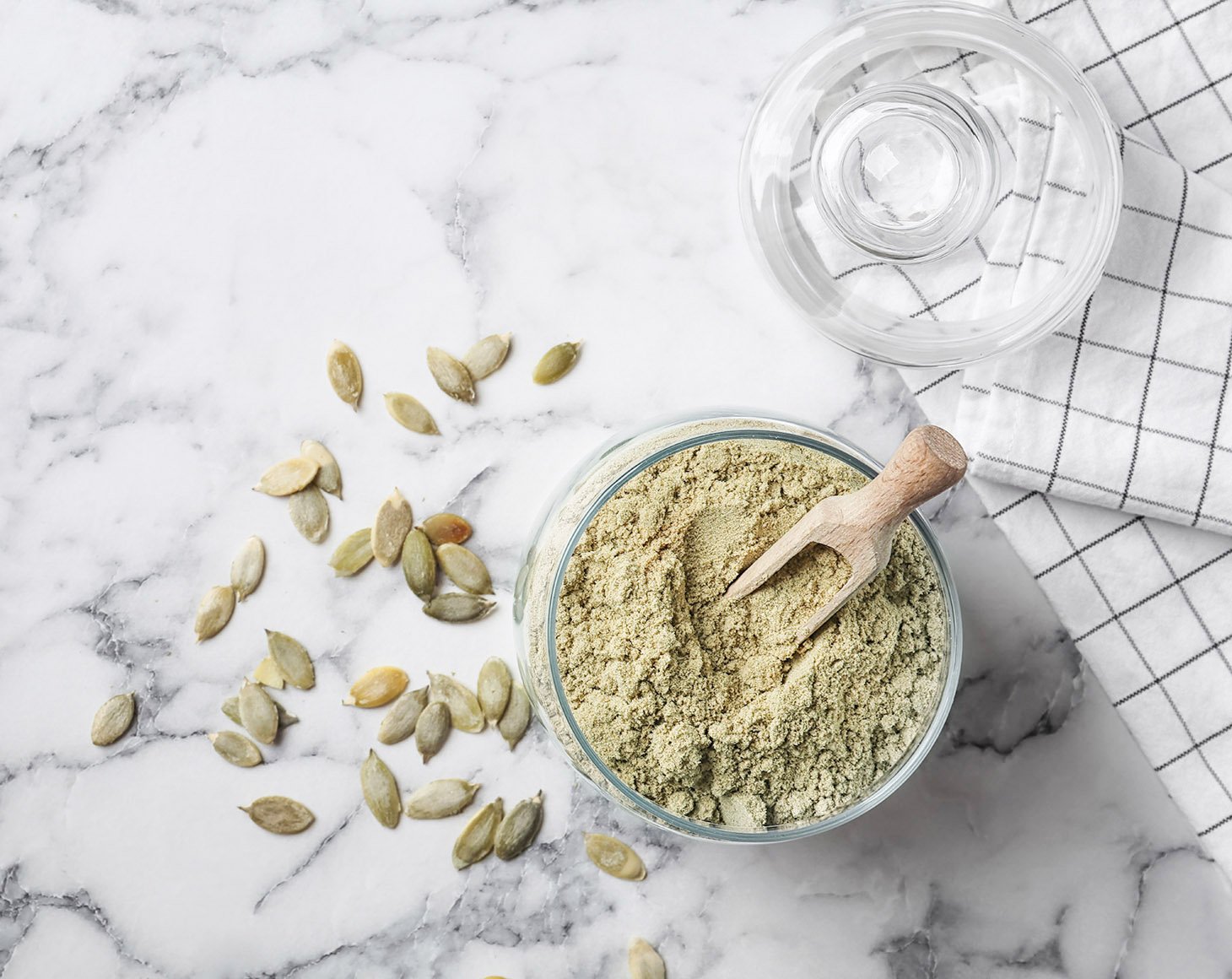You’re not alone if you’re getting frustrated baking dry and crumbling cake, overcooked cookies, or muffins that fall apart. Gluten-free baking is an art and a science. Understanding how to get the best results when changing your flour from all-purpose to grain-free may seem complicated. Fortunately, there are ways to get better baking results once you understand your options and how to prevent common errors. Consider the following tips to help you get the best grain-free baking results.
Practice Baking with Recipes that Require Grain-Free Flour
If you’re new to baking with this type of flour, consider starting with a recipe that requires it. You’ll get an idea of what to expect during the baking process and which ingredients work best with this type of flour. Remember, if you make changes to the flour in the recipe by using something such as pumpkin seed protein or other gluten-free flour, ensure you have starch for elasticity. Learning different recipes can help you find something you’ll be comfortable practicing while learning new baking trends.
Review the Ingredient List Carefully Before You Start
Read the recipe thoroughly before you start gathering your ingredients. Make sure you have all the ingredients on hand before you start. Sometimes baking doesn’t lead to favorable results because the recipe wasn’t followed correctly. Some ingredients may have a separate step to complete before incorporating them all into one bowl before baking. Take note of such details when planning your steps.
Take Your Time Measuring Ingredients
When baking with grain-free flour, your measurements must be precise. Gluten-free flour is finer and less forgiving. Consider weighing your flour with a kitchen scale instead of using a measuring cup for even weight distribution to measure accuracy. When using a cup, pour the flour in and avoid packing it into the cup. Scrape off the excess adding it to your mixing bowl.
Know When to Add Moisture
Using grain-free or gluten-free flour may require more moisture. The texture of the flour is dry and may need additional moisture to keep your baked item from crumbling. Eggs are standard for many recipes with gluten-free flour, but you may want to add an extra egg if the recipe calls for one. Or, consider other options with healthy fats and proteins. Even when baking with pumpkin seed protein, add whole milk or pureed bananas to help soften your baked item.
Make Your Batter Lighter
When baking something such as muffins or cakes, if you notice how dense, crumbly, or heavy it is, consider making a lighter batter. The key is to get more air in the batter when mixing. After sifting the gluten-free flours together, whisk them to get air. To reduce clumping, do this with almond flour.
Additional Baking Tips
Wait before you bake. Before baking your batter, let it rest. Waiting before baking helps the starches absorb the moisture creating a softer texture and structure for baked goods such as biscuits and quick breads. Consider changing your bakeware. Silicone is non-stick and encourages even baking more so than metal pans.
